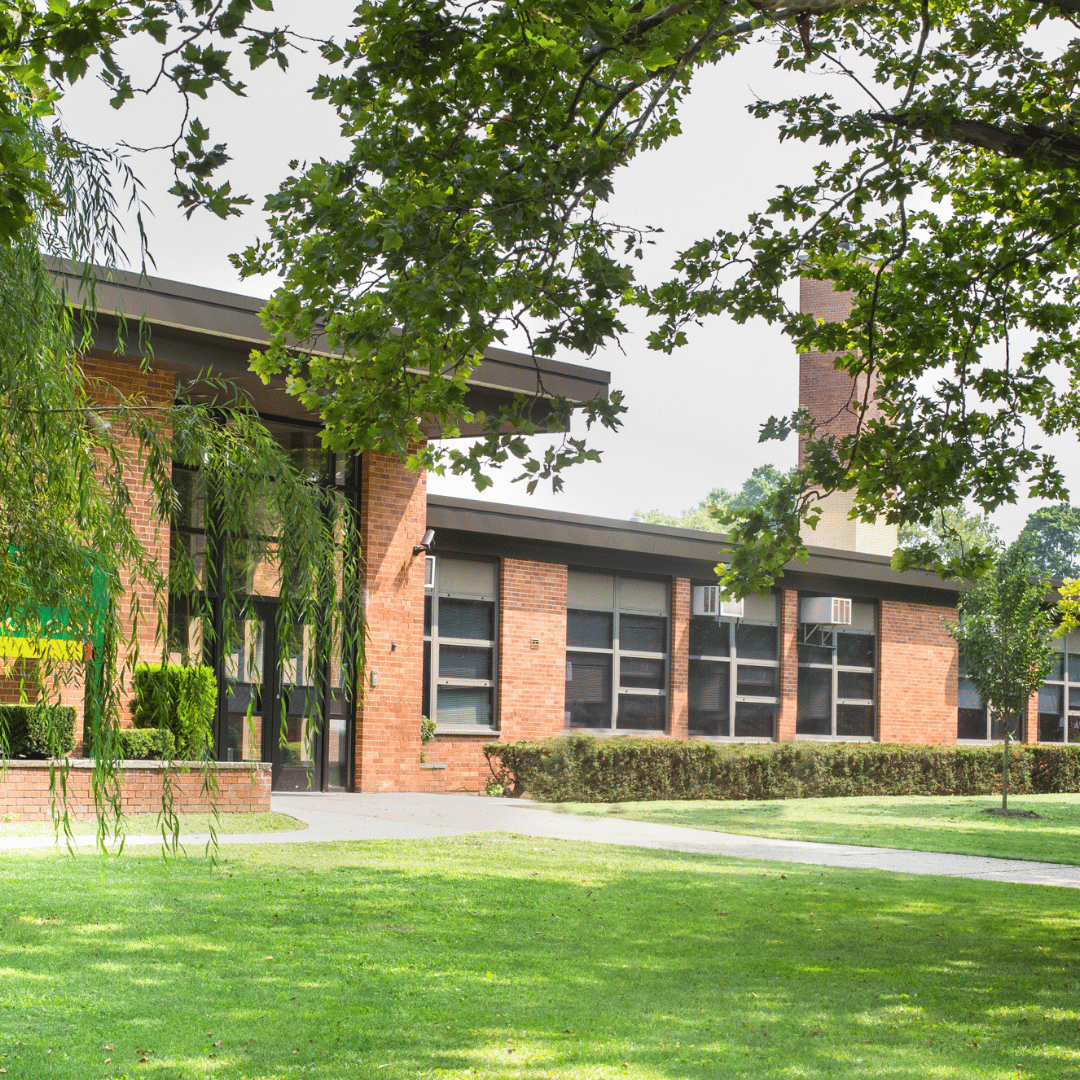Lease agreements represent one of the ongoing expenses for schools, often consuming 10-20% of annual revenue. Yet many school leaders approach lease negotiations without commercial real estate experience, focusing primarily on rent amount while overlooking terms that could save thousands of dollars annually and provide crucial operational flexibility.
Having worked with numerous schools on lease negotiations, I’ve seen how strategic lease structuring can make the difference between agreements that support educational missions and those that constrain growth and drain resources. The key is understanding that effective lease negotiation extends far beyond securing the lowest possible rent.
1. The Foundation: Aligning Lease Terms with School Mission and Goals
The most successful school lease negotiations start with a clear understanding of how the space will serve your educational mission. This means looking beyond location preferences to consider how the physical environment will support your specific instructional approach.
Mission-Driven Space Requirements
Different educational approaches require different spatial configurations. An art-focused school needs open studio spaces with proper ventilation and natural light, while a sports-oriented program requires fields, equipment storage, and locker room facilities. A STEM school might prioritize laboratory spaces and maker areas, while a Montessori program needs flexible classroom configurations.
These mission-specific requirements should drive your lease negotiations, not be afterthoughts once you’ve secured a space. I’ve seen schools choose facilities based primarily on rent or location, only to discover later that the space fundamentally doesn’t support their educational approach.
The Full Financial Picture
Many schools make the mistake of negotiating only on base rent while overlooking the total cost of occupancy. Your lease negotiation should address:
- Property expense responsibilities and how they’re calculated
- Utility arrangements and cost allocation methods
- Security requirements and associated costs
- Repair and maintenance responsibilities
- Insurance requirements and premium responsibilities
- Tax implications and assessment responsibilities

Understanding these additional costs upfront prevents budget surprises and allows for more accurate financial planning.
Conservative Enrollment Planning
It’s tempting to negotiate lease terms based on optimistic enrollment projections, but this approach often leads to financial stress. Base your lease obligations on conservative enrollment forecasts that account for potential variations in student numbers.
Build your lease structure to accommodate growth when it happens, but ensure you can meet obligations even if enrollment doesn’t reach projected levels. This approach provides financial stability while positioning you to capitalize on growth opportunities.
2. Building Flexibility for Future Growth
One of the most costly mistakes schools make is negotiating inflexible lease terms that require complete renegotiation when circumstances change. Building flexibility into your initial agreement saves money and provides strategic advantages as your school evolves.
Phased Expansion Planning
The most effective approach to accommodating growth is planning expansion in phases from the beginning. This involves including specific language in your lease that accounts for your desire to grow and expand over time.
Consider negotiating rights of first refusal for additional space within the same building. Many schools can start by occupying a portion of a larger building—perhaps 25% initially—with clear pathways to expand as enrollment grows. This approach provides immediate cost savings while securing future growth options.
Expansion Mechanisms Several lease provisions can facilitate future expansion:
- Right of First Refusal: Gives you the first opportunity to lease additional space in the same building when it becomes available
- Predetermined Expansion Schedule: Establishes timeline and terms for taking additional space based on enrollment milestones
- Modular Addition Rights: Allows for temporary or permanent modular classroom additions on available land
- Space Reconfiguration Rights: Permits internal modifications to optimize space utilization
Exit and Assignment Options Flexibility also means having options when circumstances change unexpectedly. Negotiate early termination rights for specific scenarios, such as charter authorization issues or significant program changes. Include assignment and subletting rights that allow you to share space with complementary programs or transfer obligations if necessary.
These flexibility provisions are typically easier and less expensive to negotiate during initial lease discussions rather than trying to modify existing agreements later.
3. Strategic Tenant Improvement Negotiations

Tenant improvements (TIs) represent opportunities to customize space for your educational mission while managing capital expenditures strategically. Effective TI negotiation requires understanding both your educational needs and financial capacity.
Phased Improvement Planning
Rather than trying to complete all improvements at once, consider phasing improvements to match your growth trajectory and cash flow. For example, you might negotiate immediate classroom improvements with future gymnasium or laboratory additions tied to enrollment milestones.
This approach allows you to optimize your budget while ensuring improvements align with actual growth rather than projected growth.
Landlord Financing Options
Many landlords are willing to finance tenant improvements through slightly increased rent payments rather than requiring upfront capital. This arrangement can unlock improvements that might otherwise strain your cash flow, while spreading costs over the lease term at predetermined interest rates.
When negotiating these arrangements, establish clear milestones tied to certificates of occupancy or other objective completion standards. This ensures you don’t pay for improvements until they’re actually usable.
Creative Improvement Solutions
Some of the most effective tenant improvement negotiations involve creative solutions that serve both landlord and tenant interests. This might include:
- Improvements that enhance overall building value
- Modifications that could benefit future tenants
- Energy efficiency upgrades that reduce operating costs
- Technology infrastructure that serves building-wide needs
These improvements often receive more favorable landlord contributions because they provide benefits beyond your specific tenancy.
Moving Forward Strategically
Effective lease negotiation for schools requires balancing immediate needs with long-term vision, financial constraints with educational requirements, and operational flexibility with commitment certainty. The schools that achieve the best lease outcomes understand that successful negotiation extends far beyond rent reduction.
The key is approaching lease negotiations as strategic tools that support your educational mission rather than simply expense management exercises. When lease terms align with educational goals, provide operational flexibility, and maintain financial sustainability, they create foundations for long-term school success.
About the Author

Tabatha was born and raised in Brazil, where she graduated in Hospitality Management. At Grow Schools, she helps schools get where they’re going by helping them get into their forever homes.

